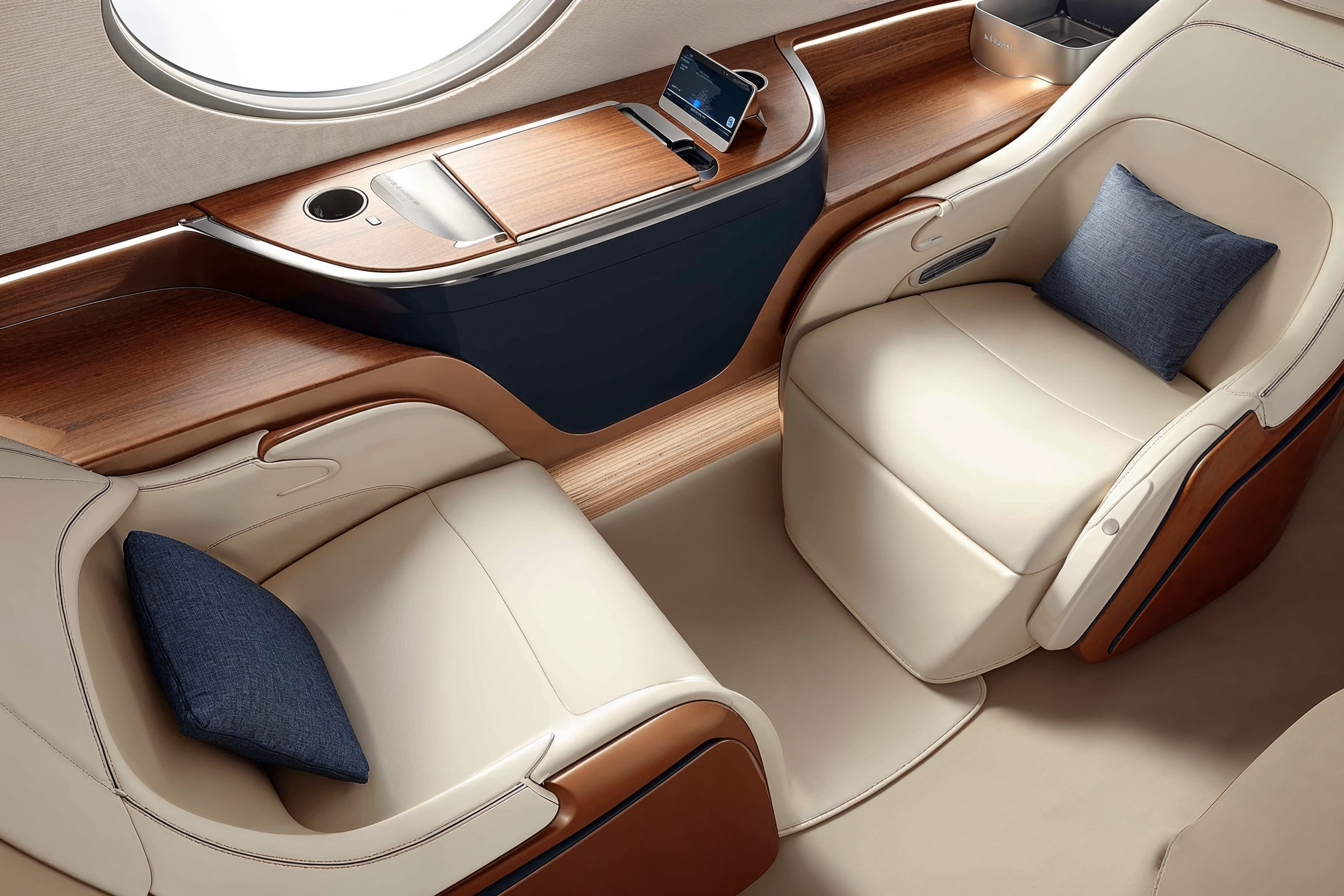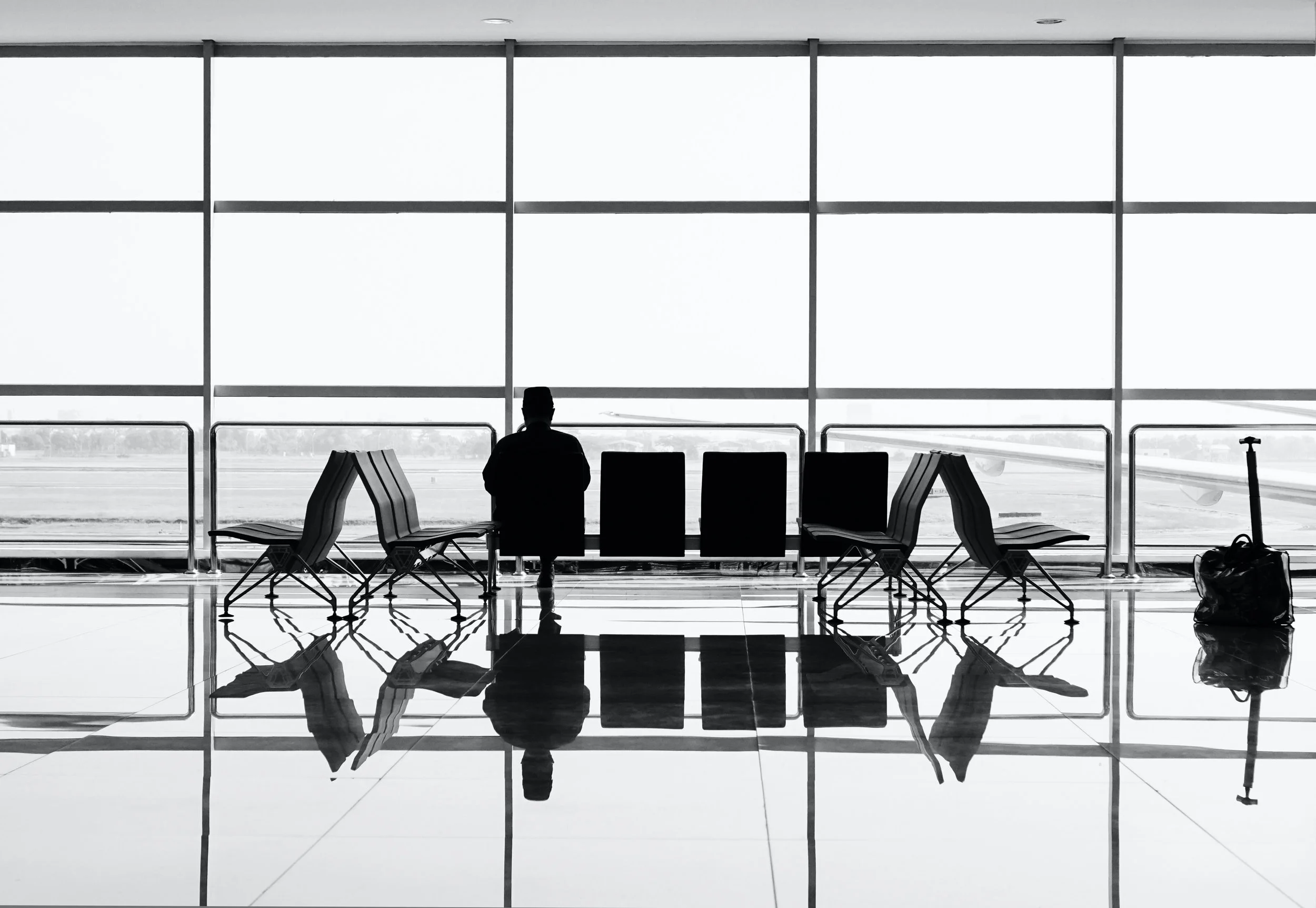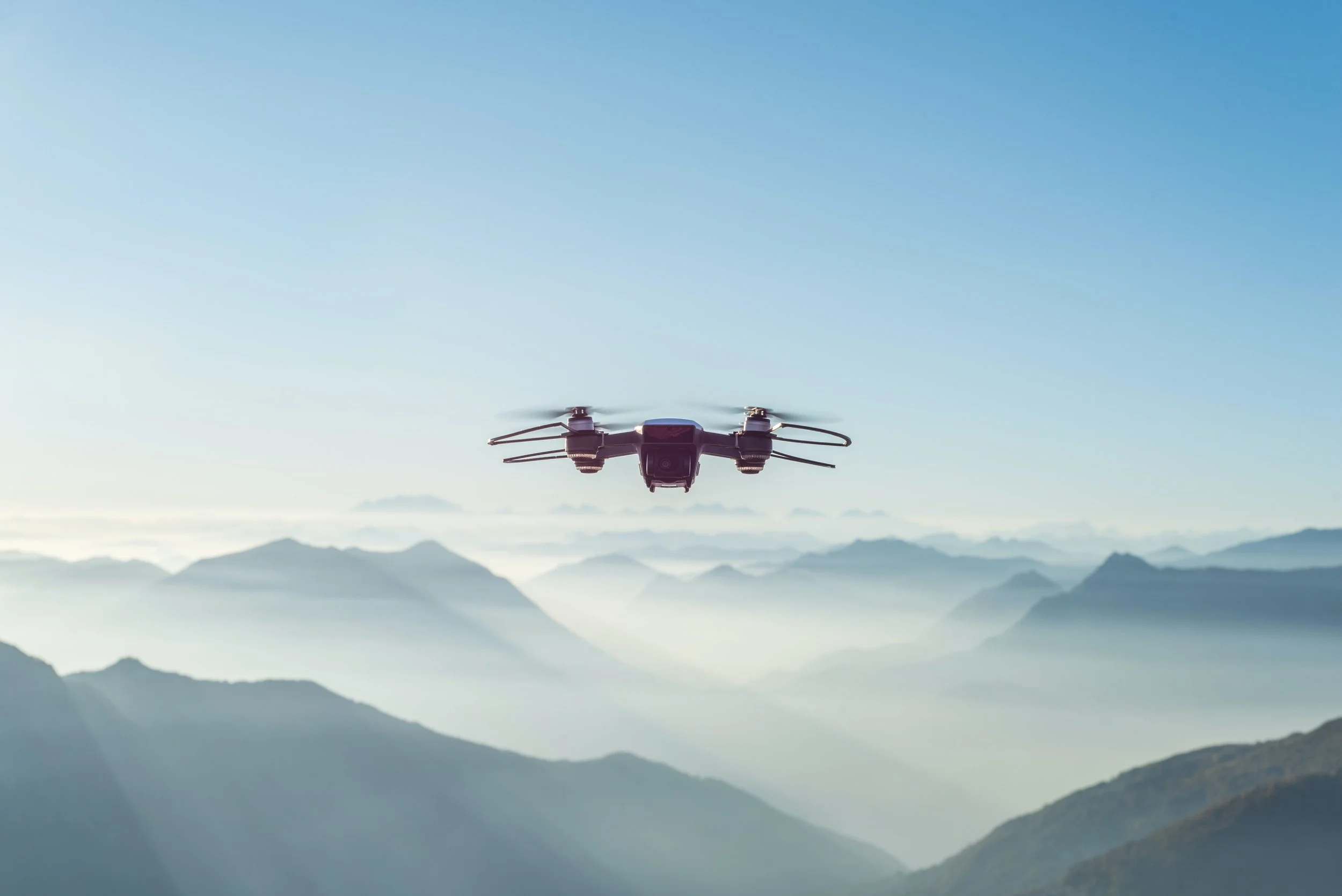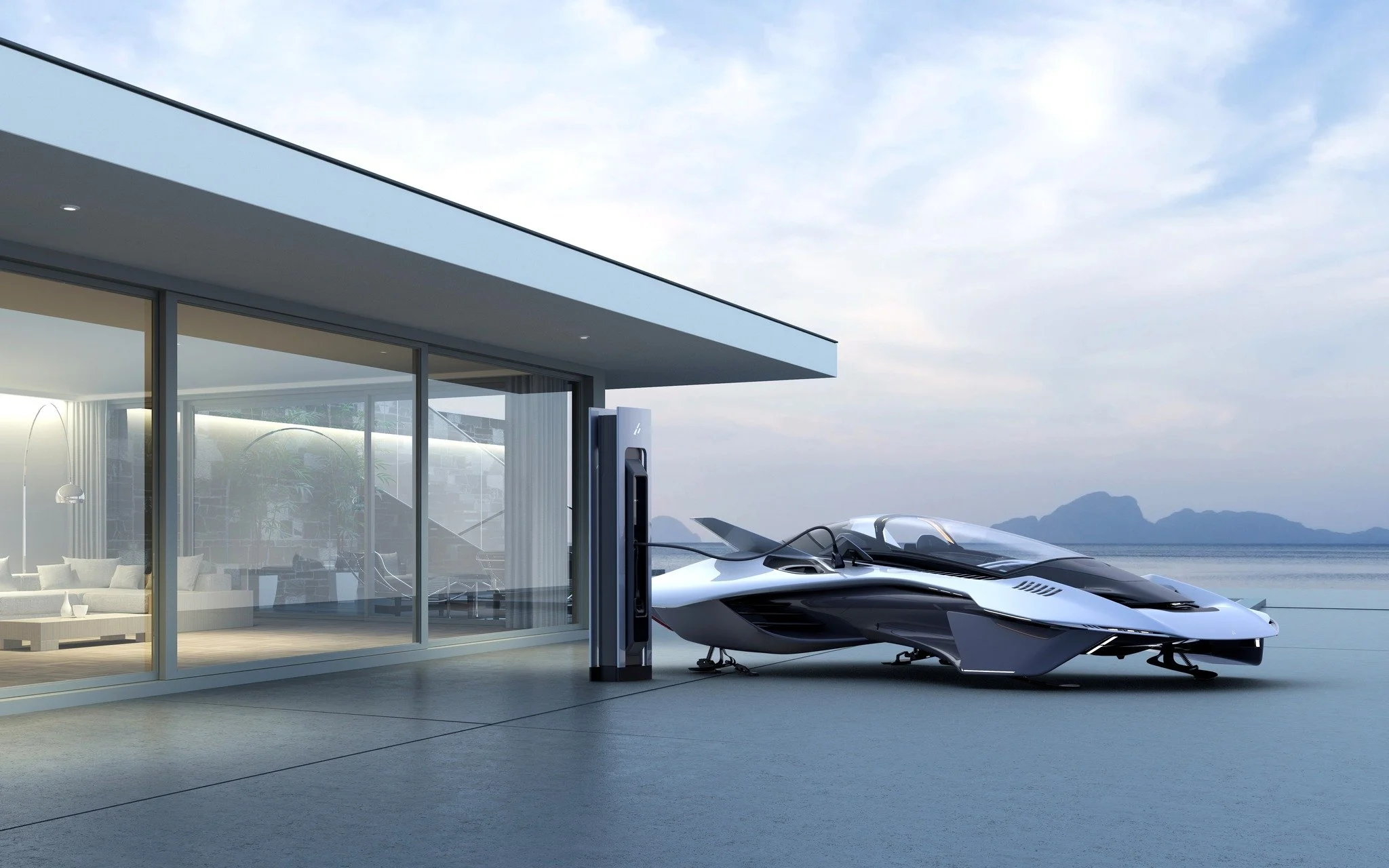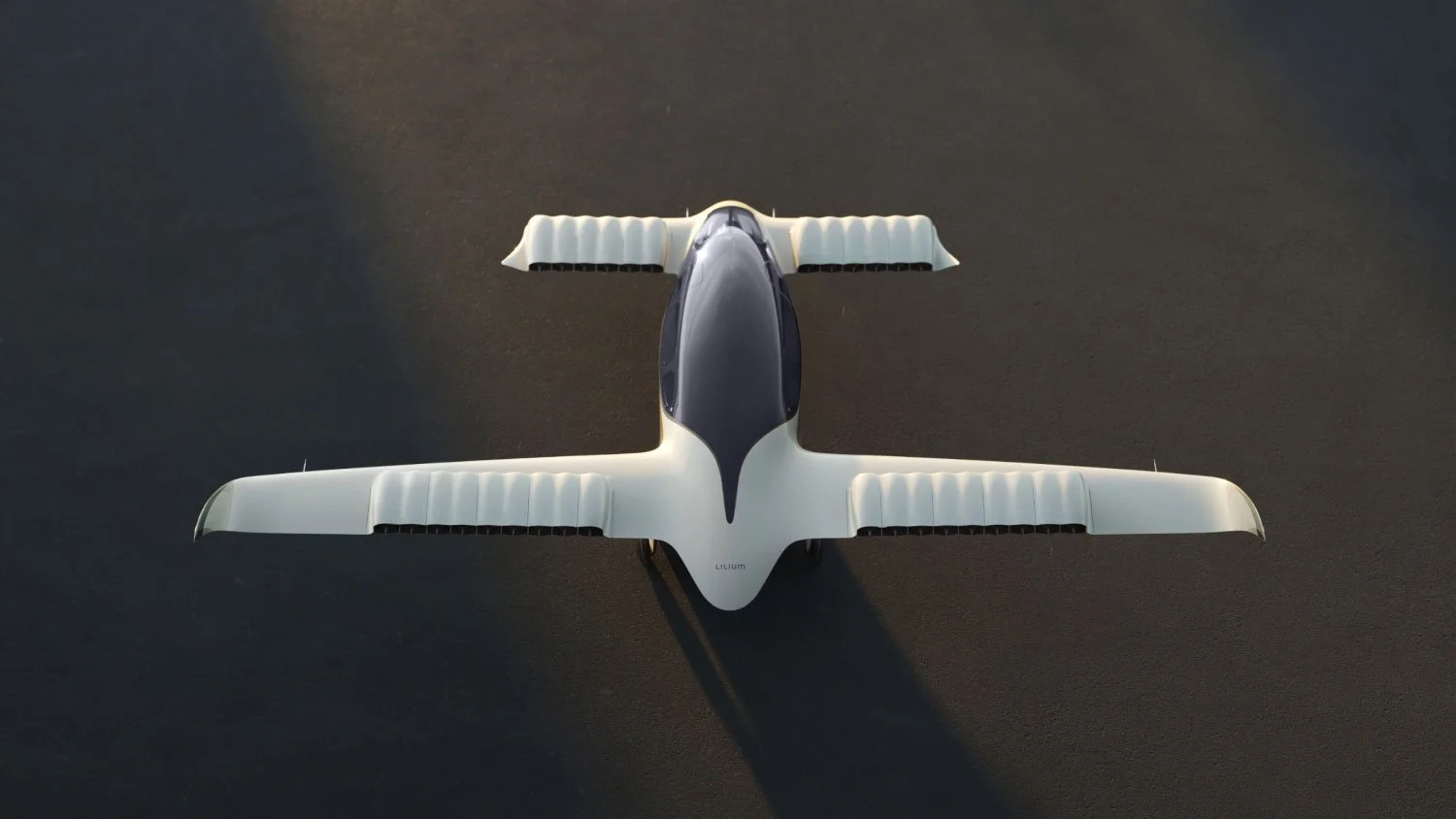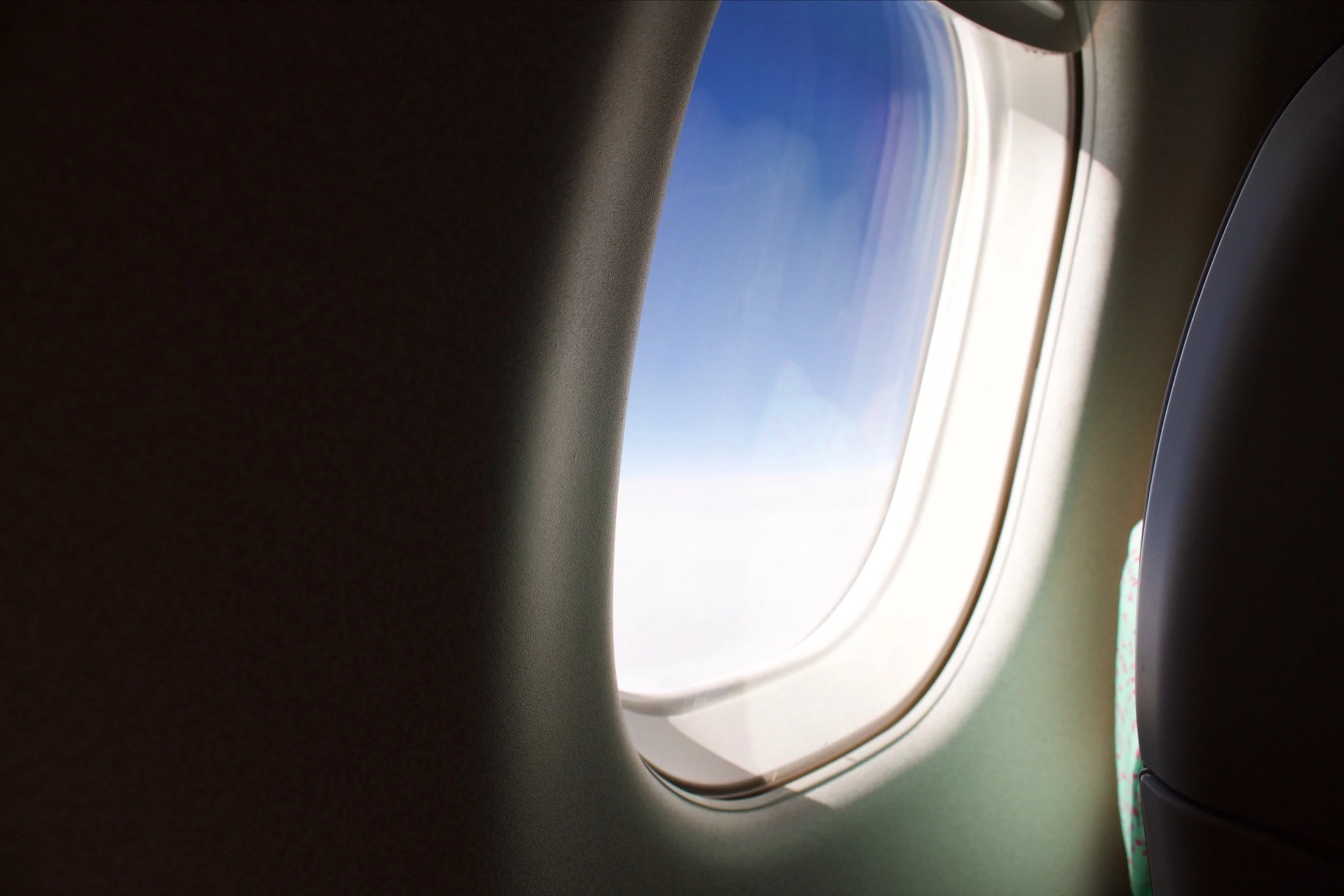How AI in Aviation Design Enhances the Passenger Experience
The aviation industry has always been at the forefront of technological innovation, from the inception of flight to the introduction of jet engines and the advent of commercial air travel, it has consistently pushed the boundaries of what is possible. Today, another transformation is quietly unfolding high above the clouds: AI in aviation design is radically reworking how aircraft operate, how cabins feel, and how passengers experience travel.
Why AI in Aviation Design Matters
AI is not merely a technological novelty in aviation—it is a strategic shift. Its impact spans safety, operations, environment, personalization, and cabin experience. Consider these data points:
More than 60% of airlines say they already use AI for personalized customer service.
Airlines using AI for predictive analytics and maintenance report reductions in aircraft downtime
Cabin and in-flight AI personalization is improving passenger comfort metrics by up to 25%.
These numbers show that AI is enhancing performance, but more importantly, it is enhancing experience, making flying safer, more efficient, more comfortable, and more personal.
Key Transformative Areas of AI in Aviation Design
Enhanced Safety & Predictive Maintenance
Safety is non-negotiable in aviation. AI algorithms play a pivotal role in ensuring that every flight is as safe as possible, analyzing vast datasets from sensors, flight logs, and environmental systems in real-time to detect anomalies before they become risks. These algorithms can detect anomalies or potential issues that might go unnoticed by human eyes, and by making the shift from reactive to predictive maintenance, airlines reduce mechanical failure, unscheduled groundings, and maintenance costs, ensuring that the aircraft is in optimal condition for every flight.
Operational Efficiency & Sustainability
AI doesn’t just support design—it optimizes it, making aviation operations more efficient and sustainable. Airlines use AI to, for instance, optimize flight routes, reducing fuel consumption and emissions. Crew scheduling and airport-resource allocation are all being enhanced via AI analytics as well, to help better manage human resources. These efficiencies not only reduce costs but also contribute to an overall more sustainable aviation industry.
Personalized Passenger Services
From booking to landing, AI is elevating the passenger journey. Chatbots and virtual assistants powered by AI can engage travelers, suggest seats or meals, and guide them through airports. Once aboard, AI can personalize in-flight entertainment, create tailored cabin lighting, temperature, and ambience, and even suggest meals based on each traveler’s dietary preferences, enhancing the quality of the travel experience.
Cabin Design, Atmosphere & Live Adaptation
Designing a cabin is no longer simply about form and function. AI enables environments that adapt: ambient lighting that tracks circadian rhythms, humidity and temperature sensors that adjust for comfort, noise-cancelling systems tuned to varying conditions. These are design solutions—not just tech add-ons—where AI helps ensure that passengers feel at ease throughout their flight.
Predictive Analytics for Delays & Passenger Flow
Waiting, delays, and confusion: AI is addressing these friction points and helping design solutions that are more accurate than ever. Predictive systems analyze weather conditions, traffic, aircraft health, and staffing to forecast delays and dynamically reshape boarding, baggage handling, and flow in real-time. This transparency helps passengers make informed decisions and reduces frustration during delays.
Challenges & Design-Led Considerations
Balance Between Technology and Human Experience
While AI can optimize, personalize, or automate processes, it must never overshadow the emotional and cultural dimension of travel. Designers must preserve humanity and continue to think about the underlying wants and needs of passengers by assessing: why someone flies, how they feel, and what memories are made.
Data Ethics, Privacy & Trust
When personalization is built on passenger data, trust becomes part of the brief and must be addressed from the start. Airlines and design studios must handle biometric data, behaviour analytics, preferences—and do so transparently, ethically, and securely.
Integration & Skills Shift
Adopting AI isn’t plug-and-play. It demands new workflows, new design-thinking, and new collaboration between engineers, UX specialists, designers, and data scientists. As cabin design evolves, so do the roles, and preparing for this shift is key to ensuring a smooth process and a result that it’s passenger-focused.
Technology Bias & Over-automation
Over-reliance on AI risks a homogenised design where comfort, surprise, and delight are lost. Designers must retain authority over direction and avoid handing over all decisions to algorithms. Traveling is an experience that AI doesn’t have and can’t understand, so that personal input and human experience must be the driving force that guides the design.
How Designers Working in Aviation Can Adapt & Lead
Here are seven pragmatic steps for design studios or in-house teams working on aviation or transportation design:
Re-position AI as a design partner: Use AI to generate many design variants, test ambient systems, and run personalization prototypes so that you can then apply your human judgment.
Invest in cross-disciplinary skills: Combine design craft with data literacy to better understand how algorithms work, how to interpret results, and how to translate them into working spatial solutions.
Use passenger experience metrics: Measure comfort, personalization, perception—not just flight time or cost. Use these metrics as design drivers.
Prioritize transparency & consent: When cabins adapt to you, passengers must feel in control, safe, and comfortable.
Design for sustainability: AI enables greener flights, not only by optimizing operations, but by analyzing possibilities for new materials and more ecologically friendly aircraft. Design cabins and systems to exploit that with lighter materials, adaptive systems, and smarter energy use.
Prototype adaptively: Use digital twins, simulation, and generative systems early in your process to explore how systems respond, how humans respond.
Communicate value: For stakeholders, passengers, or airlines: link design, AI, and real-world benefits, like faster check-in, fewer delays, greater comfort, and lower emissions, so that the value of using AI in aviation design is understood from the beginning.
What’s Next: The Future of AI-Enabled Aviation Experience
AI is not only impacting the design of aircraft but also paving the way for a future where technology takes flight in unprecedented ways. From rising technology trends to the emergence of entirely new types of vehicles, the aviation industry is poised to soar beyond boundaries.
Leonardo da Vinci
“Once you have tasted flight, you will forever walk the earth with your eyes turned skyward, for there you have been, and there you will always long to return.”
Advanced Avionics and Autonomy
One of the most significant transformations in aviation is the increasing autonomy of aircraft. AI-powered avionics systems are becoming more sophisticated, allowing for enhanced autonomous operations. Pilots are now aided by AI systems that can assist with takeoffs, landings, and even mid-flight operations, reducing their workload and enhancing safety.
Moreover, AI-driven systems can predict maintenance needs more accurately, reducing downtime and ensuring aircraft are in optimal condition for every flight. This level of automation not only improves operational efficiency but also contributes to safer and more reliable air travel.
Electric and Hybrid Aircraft
The aviation industry is also experiencing a shift towards more environmentally friendly propulsion systems. Electric and hybrid aircraft are emerging as viable alternatives to traditional jet engines. AI plays a pivotal role in optimizing the performance of these new propulsion systems.
AI algorithms can continuously monitor and adjust various parameters, such as power distribution and energy management, to maximize the efficiency of electric and hybrid propulsion. This technology not only reduces emissions but also lowers operational costs, making electric aircraft an attractive option for the future.
Urban Air Mobility (UAM): Revolutionizing City Transportation with AI
Urban Air Mobility (UAM) is not just a vision of the future; it's a transformative reality taking shape today, largely driven by the power of artificial intelligence (AI). UAM promises to revolutionize urban transportation by introducing electric vertical takeoff and landing (eVTOL) aircraft that provide efficient, point-to-point transportation within cities. These compact, electric-powered marvels have the potential to alleviate traffic congestion, reduce commuting times, and redefine how we move in urban environments.
As we look to the horizon of UAM, several pioneering companies have emerged, each contributing to the future of eVTOL transportation. Among them, Bellwether Industry, Lilium, and Volocopter stand out as noteworthy players, spearheading innovation in the UAM landscape.
1. Bellwether Industry
Bellwether Industry has embarked on a mission to create eVTOL aircraft that are not only technologically advanced but also affordable and accessible to the masses. Their commitment to safety and sustainability drives their designs. AI plays a pivotal role in ensuring the safety and efficiency of Bellwether's eVTOL aircraft.
AI-powered systems are integral to the autonomous flight capabilities of these vehicles, enabling precise navigation through urban landscapes. These aircraft can efficiently transport passengers and cargo, reducing the reliance on traditional ground transportation methods.
2. Lilium
Lilium's vision is to create an interconnected network of eVTOL aircraft that seamlessly integrate with existing urban infrastructure. AI is at the core of Lilium's ambitious plans, facilitating autonomous flight, optimizing routes, and enhancing passenger safety.
Lilium's approach envisions a future where passengers can easily book eVTOL flights through a user-friendly app, summoning aircraft to take them directly to their desired destinations within cities. AI algorithms ensure that these flights are not only efficient but also environmentally responsible.
3. Volocopter
Volocopter's innovative eVTOL designs have garnered significant attention in the UAM arena. Their AI-driven systems enable precision in-flight controls, making urban air travel safe and reliable.
Volocopter's aircraft are designed with passenger comfort and convenience in mind, and AI plays a critical role in optimizing flight paths, ensuring smooth takeoffs and landings, and minimizing the impact of these vehicles on urban noise levels.
Supersonic Travel Reimagined
The return of supersonic passenger travel is on the horizon, thanks to AI-driven advancements. Companies are developing supersonic aircraft that can dramatically reduce travel times without the ear-splitting sonic booms of the past. AI algorithms play a critical role in designing the aerodynamics of these aircraft to ensure efficiency and passenger comfort.
Additionally, AI-powered noise-canceling technologies can mitigate the sonic boom, making supersonic travel more environmentally friendly and socially acceptable. This could open up a new era of fast and efficient long-distance travel.
Personalized Passenger Experiences
AI is set to revolutionize the passenger experience in ways we can hardly imagine. Virtual reality (VR) and augmented reality (AR) technologies, driven by AI, will offer passengers immersive in-flight entertainment and educational experiences. AI algorithms can tailor these experiences to individual preferences, making air travel more enjoyable and engaging.
Moreover, AI-powered personal assistants will provide passengers with real-time updates on flight information, gate changes, and baggage tracking, making the entire travel experience more seamless and stress-free.
AI is transforming the aviation industry with advanced avionics, electric and hybrid aircraft, urban air mobility, supersonic travel, and personalized passenger experiences leading the way. The synergy of AI and aviation promises to deliver safer, more efficient, and environmentally responsible air travel, while also revolutionizing the way we move within cities. As technology continues to evolve, the sky is no longer the limit but the starting point for the boundless possibilities of the future of aviation.
Explore More
If you're intrigued by innovative AI solutions in AI aviation design, check our featured project Aerolux Airjet G700, our vision in aviation interior design, reimagining the Gulfstream G700 cabin as a fluid, architectural environment above the clouds.
If you’re exploring how to integrate AI into your creative process or want to collaborate on future-facing design projects, contact us to learn more about our AI-enabled design studio services.





